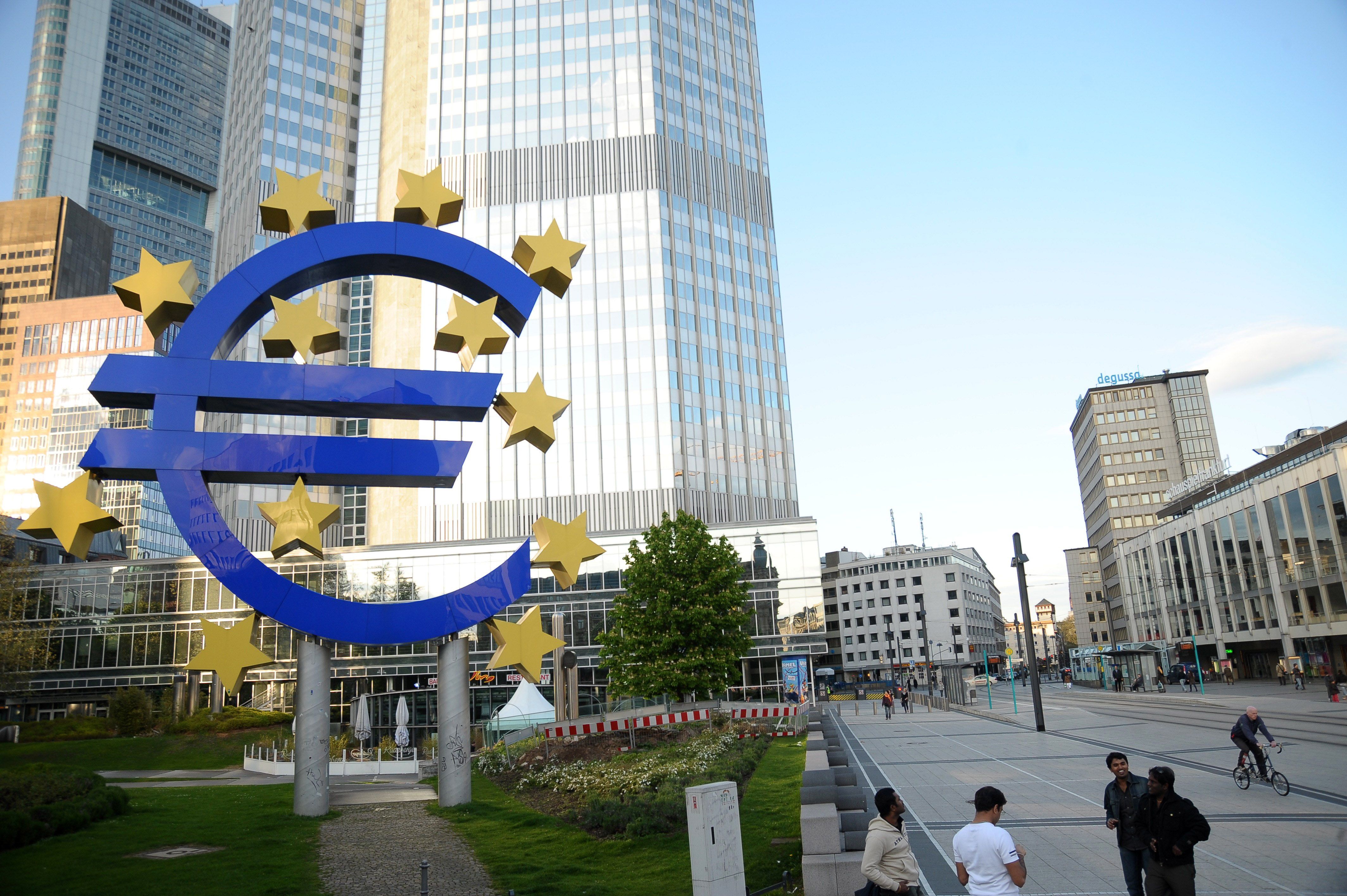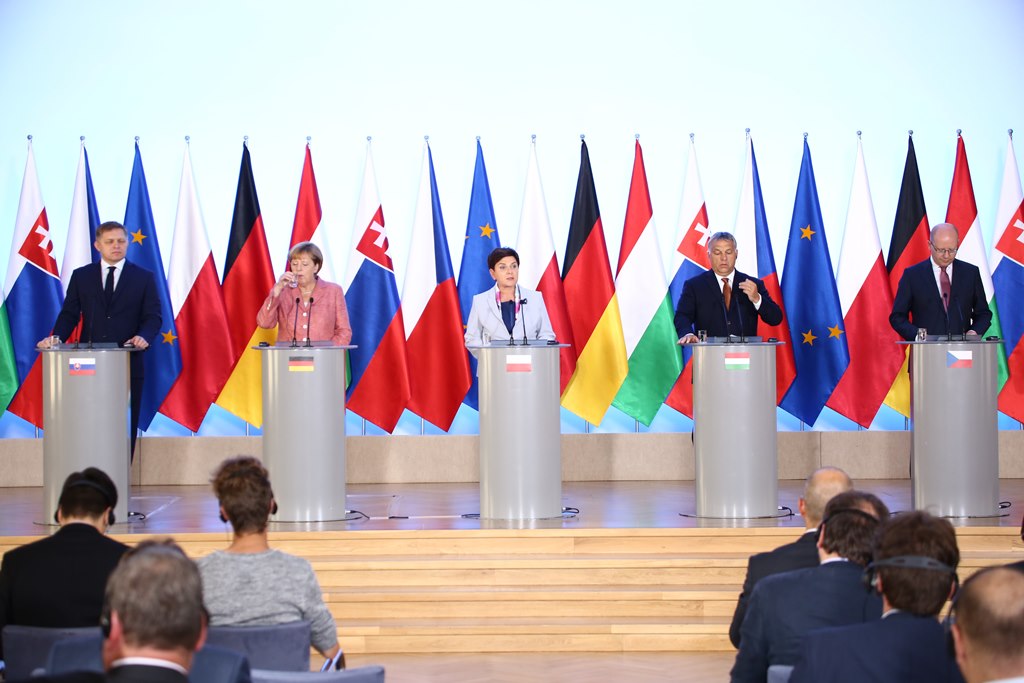
One of the most significant divisions in the EU is between the euro area and the eight Member States with their own currencies. Although they are—except for Denmark—treaty-bound to adopt the single currency, the enlargement process has stopped in recent years. Only Bulgaria, Croatia, and Romania continue to stress their intention to finalise the preparations quickly, but the zone itself slowed down, pointing to low-income levels and institutional weaknesses in these economies. Czechia, Hungary, Poland, and Sweden, on the other hand, have pushed the issue of adopting the euro to the background.
In times of relatively good economic conditions, this division has not significantly affected the EU’s economic and political cohesion. The COVID-19 pandemic, however, has upset the balance by sharpening the differences in the capacities for anti-crisis activities between the euro area and EU members with their own currencies. They can affect the dynamics of economic integration in the coming years.
Capacities to React
The pillar of anti-crisis measures in the monetary union is the European Central Bank, which provides the economy with access to cheap money. Currently, €750 billion (Pandemic Emergency Purchase Programme, or PEPP) for intervention by buying bonds is of key importance, thanks to which even the most indebted countries (e.g., Italy at 135% of GDP) can afford debt issuance at a spectacularly low cost. In practice, this is a form of creditworthiness-sharing by eurozone members: in this way, the richer and more stable ones support the others. The expansive policy is facilitated by the status of the euro as an international reserve currency, making it easier to sell bonds denominated in it. The position of countries with the euro in ratings is also helped by the existence of single supervision over their banks and a resolution mechanism in the banking union.
Countries outside the eurozone can pursue their monetary policy more precisely and in a way tailored to their specific needs but they also face greater constraints. Without reserve currency status, bond issuers must potentially reckon with higher interest rates. The premium increases if financial markets estimate in the risk of exchange rate fluctuations, speculative bubbles, or a deeper banking crisis. The problem concerns especially the less prosperous and less stable countries, which, unlike members of the monetary union, are not able to share their financial risk. Paradoxically, their relative situation is aggravated by some EU decisions, such as suspending restrictions on state aid. It helps richer countries that can afford higher spending.
In this context, the potentially greatest asset of non-euro countries—devaluation aimed at lowering export prices—should also be seen with care. Using this tool may scare off investors and increase the cost of foreign debt servicing. Reaching for devaluation can also cause political tensions in the EU and accusations by euro area countries of unfair competition in the common market. Especially those who will feel the effects of the current crisis most painfully may react by trying to protect their own market or urging the European Commission (EC) and Council to initiate the procedure of macroeconomic imbalance (MIP). This tool is used to recommend economic policy correction to Member States.
Emergency Assistance
Differences in the situation of euro-area members and countries with their own currency may also be determined by the availability of joint-support mechanisms in the event of financial problems. The monetary union has at its exclusive disposal €500 billion in loans from the European Stability Mechanism (ESM), including €240 billion in flexible credit line of up to 2% of GDP for the COVID-19 crisis. There are also funds (soon up to €55 billion) from the Single Resolution Fund (SRF) to help in the event of a banking crisis. The equivalent of the ESM for EU countries outside the euro area is the support tool in the event of balance of payments (BoP) problems, which has a sum of €50 billion. The relevant loan application is considered by the EC and the final decision, which includes the conditions, such as cuts in public expenditure, is made by the Council. The assistance may be combined with support from other institutions, including the International Monetary Fund, or other countries, which, however, requires additional negotiations.
In this situation, from the point of view of countries outside the euro area, the importance of additional anti-crisis programmes for the whole EU is growing. The key body in this area, apart from the EC, is the Eurogroup—the finance ministers of the eurozone. In recent years, it has started operating in an inclusive format with the participation of non-euro representatives, which probably helped to make decisions on EU-wide assistance: increasing the credit pool from the European Investment Bank and the EC’s SURE programme for labour markets. The EU-27 format will also be key to the adjustment of the multiannual financial perspective for 2021-2027 (MFF) to the needs of fighting the crisis.
The further existence of the “broader” Eurogroup is, however, not a foregone conclusion: for example, France has always advocated its exclusive character. The dispute about the shape of this body may return with the escalation of the conflict within the eurozone over the form of “economic reconstruction” necessary after the pandemic. The more space in the discussion devoted to ideas of “coronabonds” or boosting a separate budget for the monetary union (the budgetary instrument for convergence and competitiveness, or BICC), the greater the risk of dismantling the inclusive Eurogroup format. The position of the “8” without the euro is not strengthened by handing over the presidency to the Council to Charles Michel, a representative of a eurozone state (before him, it was Donald Tusk from “non-euro” Poland). It is also hard to question the decline in the influence of countries with their own currencies in the EU after Brexit: their share of the EU GDP is only 14% and they also have far lesser potential to create blocking minorities in votes without the UK.
Conclusions
The COVID-19 pandemic may sharpen the differences between the euro area and EU Member States without a single currency due to the varied conditions and possibilities of anti-crisis policy. This applies most to Croatia, Bulgaria, and Romania—the poorest Member States—whose room for manoeuvre is additionally limited by a lower credit ratings. The situation of Czechia and Poland is better, as is Hungary’s, despite its relatively high public debt. These are more prosperous and stable economies, which widens the space for conducting effective economic policy with their own forces, at least at the current stage of the crisis. Their advantage is also of great importance to the German economy, which increases the likelihood that this country will provide financial assistance if necessary. Sweden and Denmark are the least exposed to the effects of asymmetry: affluent, slightly indebted, with high credit ratings. Additionally, Denmark is a member of the ERM2 exchange-rate mechanism, limiting the fluctuations of the Danish krone against the euro.
The differences between the economies of Central Europe correlate to the attitude of their governments to the prospect of adopting the euro. Bulgaria, Croatia, and Romania long before the crisis had declared their desire to quickly finalise accession to both improve their attractiveness to investors and balance the political consequences of remaining outside the Schengen Area. In the current situation, their determination is rising: in early April, Bulgaria raised the issue of quick accession to the banking union and ERM2. Like Croatia, Bulgaria also applied for ECB support in the event of currency turbulence (swap line). In Poland and Czechia’s case, both sceptical of adopting the euro for years, nothing indicates a change in position. Their strategy assumes that since unanimity in the EU is needed to adopt the new MFF for 2021-2027, no one has any political interest in widening the division between the eurozone and other countries. Hungary is a special case, as it declares it will stick to its own currency but it also can—thanks to high public support for the euro—change its position quite quickly. This flexibility may be useful if the “economic recovery” programme offers better conditions to help countries belonging to the single currency area.







